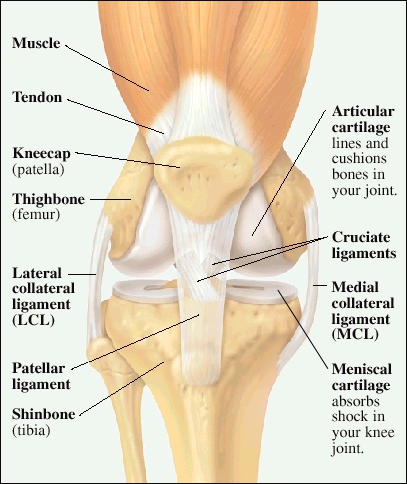Heel Hooks
Heel Hooks are one of the most powerful joint dislocations in the Jujitsu arsenal. Most of the time when we think of Kansetsu Waza (bone breaking techniques) or Hishigi (dislocations) we think in terms of what we can do to the arm. Jujigatame, Kata Highigi, Gyaku Ude Garami are some of the first things that come to mind. But this is only half the story. There are two other limbs just waiting to be attacked – the legs.
The legs have several weak points that can be attacked in a self defense situation. The knee is the most obvious, but the ankle, toes, and hip joints may also be attacked. Of all of them, the knee is the least stable. Although an athlete can develop very strong legs, the knee joint is only protected by tendons and ligaments.
Although these tendons and ligaments can be strong, they are no match for the leverage we can put against them using techniques like knee bars and heel hooks.
The Heel Hook in particular is quite nasty. It directly attacks the Collateral Ligaments, and once those are defeated can quickly destroy the Cruciate ligaments and tear the Meniscus. But how? As the name suggests the technique attacks the heel. One would think the ankle would be the site of damage. But no.
When a Heel hook is done correctly, the upper leg is immobilized between the defender’s legs. It is held tightly between the thighs like you would with a jujigatame. When the heel is secured and the lower leg twisted, the Femur cannot rotate to relieve the torque. Thus the lower leg gets twisted while the upper leg remains stable, tearing the ligaments.
Here are some key points to remember when doing a heel hook from any position. Secure the opponents thigh between your legs. You should be able to see the kneecap on the front side of your legs, while his thigh is on the backside of your legs. Next, ensure that the heel is secured by the space between your wrist and middle forearm, toes tucked under your armpit. The closer to your wrist the better. Only take the slack out with your arm strength. The actual technique is done with a turn of your body.
In training you must be very careful when executing this technique. Unlike many other kansetsu techniques, there is little pain to be felt at the knee before is goes “pop”. The opponent may try to twist out of your technique and hurt themselves. It is great to get the tap out from your opponent, but not at the price of injuring someone during training. If your opponent doesn’t tap and you know the technique is secure, simply let it go with a smile, and tell them to tap the next time or they might get hurt.
Finally – attacking the legs is a GREAT self defense tactic. In some competitions you are not allowed to attack the legs. This probably came from safety concerns based on past injuries. That’s fine. But in a self defense situation, they may become “go to” tactics for smaller defenders. In training go for them alot – even if you fail alot. Over time you will develop the speed and timing necessary to execute them well.
This video shows a very cool variation of the heel hook. If you want some personal instruction in this – seek out Sensei Kenny – he loves this stuff!



Recent Comments